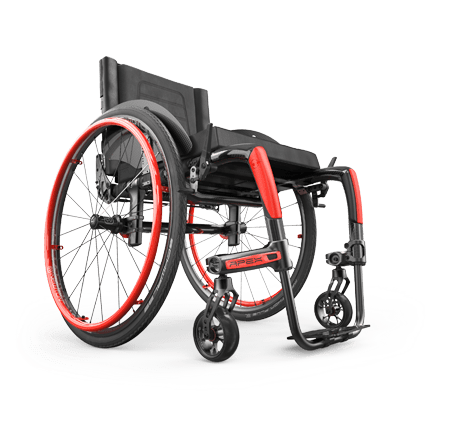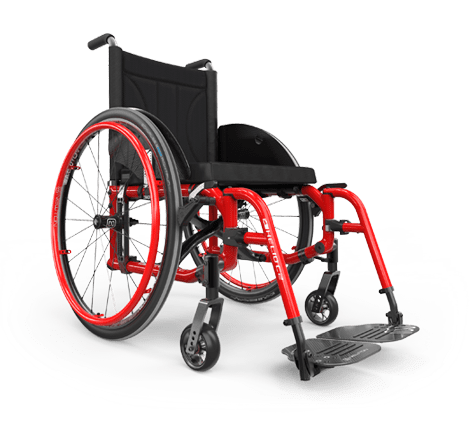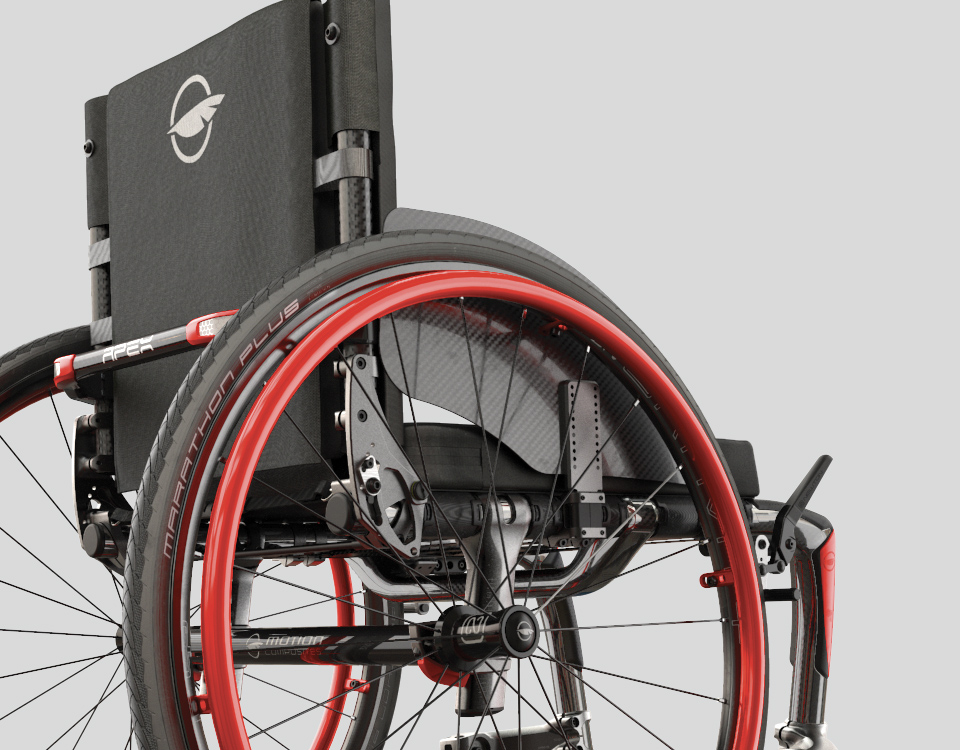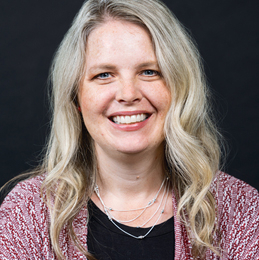(If you haven't, make sure to also read Part I & Part II of our Funding for Ultralightweight Manual Wheelchairs series.)
Connecting the dots and ensuring all the proper information is included can help to ensure your client will receive the funding for the equipment they need.
Unique Product Features
Another key to procuring proper funding for your client is understanding unique features of the product and being able to relate them to your client’s specific functional goal. While templates and generators are useful, their effectiveness is diminished if the pre-written justification is generic and not related to your client’s specific needs and goals. Each of the following are justifications for unique product features of an ultralightweight manual wheelchair but need to be related to your client’s specific condition to paint the picture for the funding source. Knowing how and why these features are unique will allow you to tailor the justification to your client’s needs.
Axle Configuration
One of the features that differentiates an ultralightweight manual wheelchair from a less costly and customizable wheelchair is an adjustable rear wheel axle in both the horizontal and vertical position. The center of the wheel can be positioned for stability, safety, and efficient propulsion.
When the axle position is placed in the more forward position, propulsion efficiency is increased, and the effort needed to propel is decreased for the client. The vertical position of the axle is very important as well, too high and the client’s shoulders are elevated and can cause postural deviations, too low and there isn’t enough power produced to propel the wheelchair efficiently. Both adjustments to an ultralightweight manual wheelchair will allow the client to be set up for optimum propulsion, and this feature is not available on lower-level wheelchairs.
Camber
Wheel camber improves maneuverability and lateral stability of the ultralightweight manual wheelchair. By re-directing forces down and out in a more natural motion and having the top of the wheels closer to the body, the upper extremities are in a more proper position for efficient propulsion. For more information on camber, you can review this blog article: Camber: Degrees of Performance
Back Angle/Seat Angle/Height
Being able to adjust the wheelchair fit to the client’s specific needs is another feature that can differentiate the ultralightweight manual wheelchair from lower levels. Selecting a back angle, other than standard, can allow a client with postural or joint ROM limitations, or trunk weakness to be able to self-propel when otherwise they may not be able to.
Seat angle and height are very important, and a very easy way to justify the higher-level wheelchair as it can be set to the specific front seat to floor height the client needs for transfers that are not available on lower-level wheelchairs. The rear of the seat can also be placed lower than the front of the seat to allow for better positioning in the wheelchair for efficient propulsion.
Rule out Lower-Level Equipment
Many funding sources are designed to pay for the “lowest cost alternative”. They will look for ways to deny funding for a higher level ultralightweight wheelchair, always saying why the lower cost alternative “appears to meet the client’s needs”, even though they have never met the client and have just read through everything that states otherwise. This is where finding, understanding, and USING the funding source’s own verbiage is very important. Some key words can include, “trialed and failed” with a lower device, in which you discuss how your client is unable to do certain activities, such as self-propel, in the lower-level wheelchair. Another key phrase is “considered and ruled out”.
Connecting the Dots
Throughout the entire process, the clinician is required to keep all the information connected and lead the reader through the justification of the requested equipment, relating it to the evaluation findings. If clinicians can connect the dots, paint a clear picture of the medical and functional needs of the client, and work with the funding guidelines, this will give them the best chance for successful funding.








